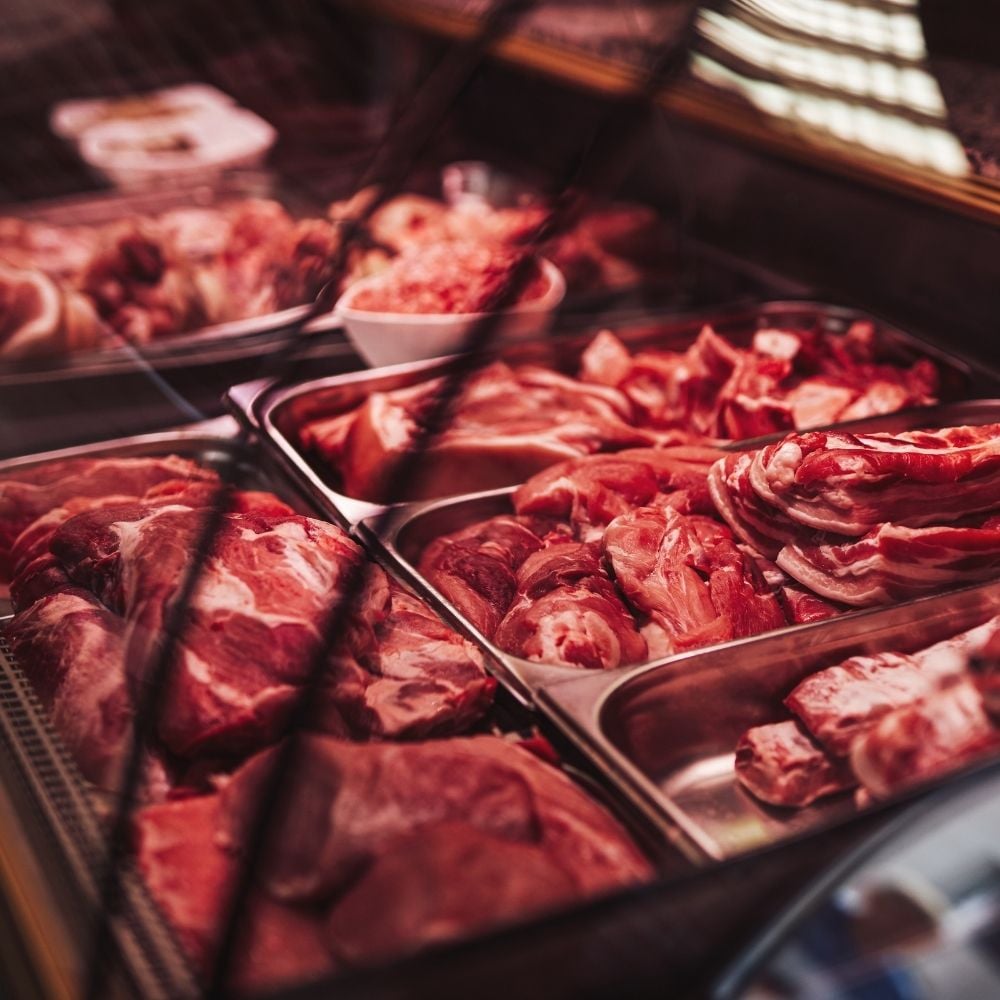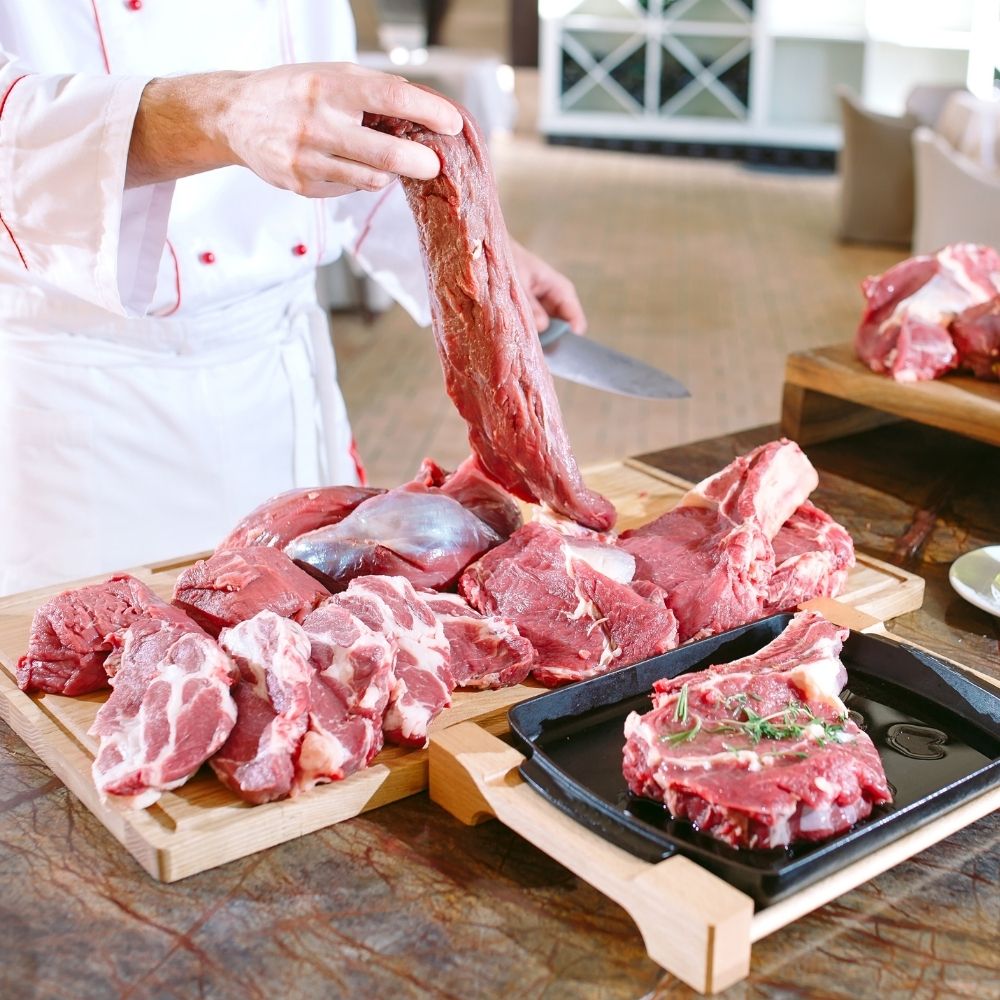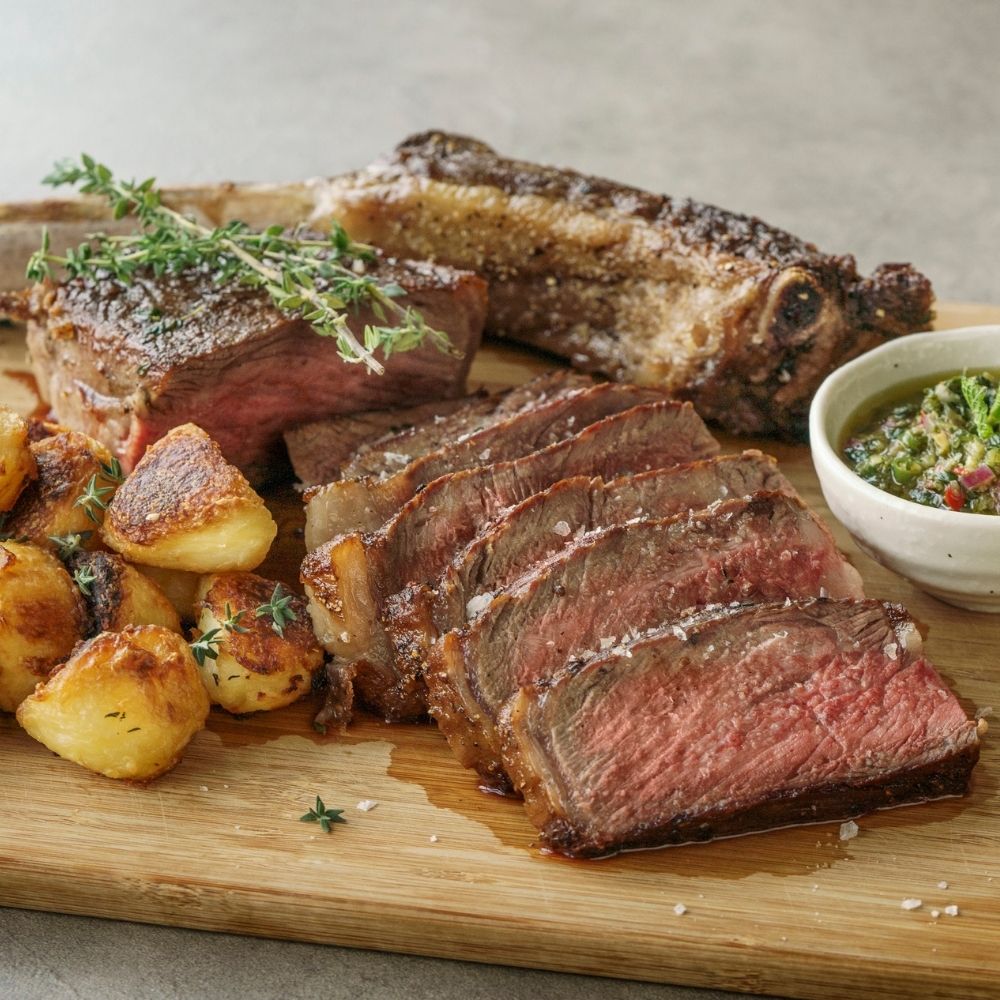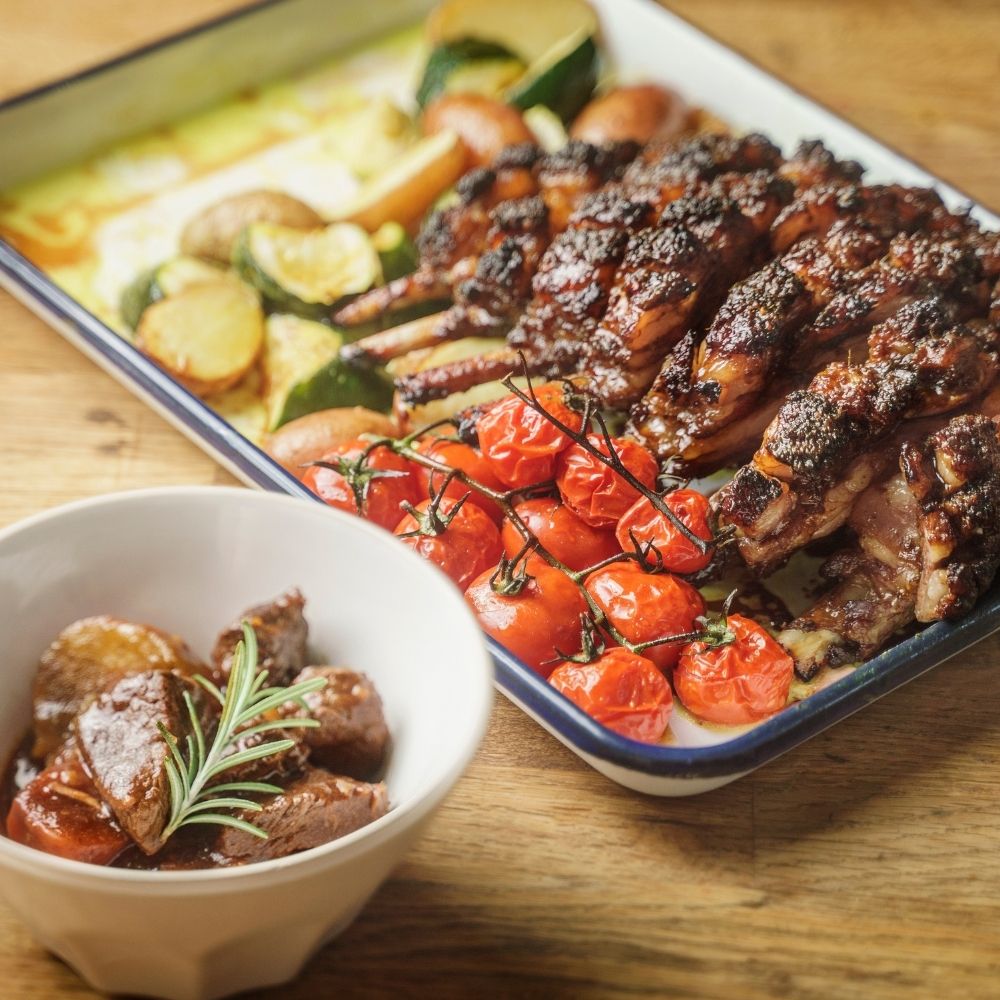10 Cuts of Beef for Every Budget
Here’s a useful guide before you decide to splurge or save on your favourite beef cut. Bonus: cooking tips from The Meatmen and Spice N’ Pans.
Are you spoilt for choice when shopping at your favourite specialty butcher? Beef up your knowledge about different cuts so you’ll know what to pick amidst the array of options and price points. No matter your budget or taste preference, there is an ideal cut to complement your home cooking repertoire.
Ahead of the Christmas season, here's a useful guide on 10 popular beef cuts ranging from affordable to pricey. Fret not, there's no compromise to taste whichever cut you choose because it's all about cooking it right. Australian beef is the best choice for your festive meals as you can be assured that you’re getting the same high quality meat with paddock to shop traceability. Afterall, safety and quality matters when you’re cooking a feast for your nearest and dearest.
Know what you are paying for
To give an indication on prices, one of the most popular premium beef cuts, the ribeye, can range in price from S$8.50/100g (Australian Swift Grass-fed Ribeye) to S$12.50/100g (Australian 200 Days Grain-fed Ribeye) at CAVEMEN Butchery. There’s a price jump once you head into Wagyu territory, but the melt-in-your-mouth marbling and tenderness is worth the premium for special occasions. Thinking to splash out this Christmas? The Australian Wagyu Ribeye MB4-5 Dry Aged 21 Days with President Butter S$20/100g will make for an indulgent steak that your guests won’t forget in a hurry.


Citadel Hall, head butcher at CAVEMEN Butchery, shares this useful tip. “Pre-order with your butcher whenever you need a specific weight or thickness of a certain cut of beef. At CAVEMEN, you can even place orders for upcoming batches of dry-aged beef so you’re guaranteed a cut when it’s ready”. She shares that specialty butchers are walking meat encyclopedias who can help home cooks with seasoning suggestions and cooking instructions. So don’t be afraid to ask your friendly butcher for advice.
Lavish cuts of beef when you want to indulge
The premium cuts tend to come from muscles which aren’t exercised much and so are the most tender parts of the cow. If budget is not an issue, go for these five cuts: ribeye, sirloin, tenderloin (including fillet mignon), tomahawk, and porterhouse.
One of the leanest cuts, accounting for only about 1.6% of the whole carcass, tenderloin is the most tender and expensive cut of meat which comes from just one small muscle in every cow. The fillet mignon comes from the pointiest tip of that muscle. Lean, tender, and rich in flavour, sirloin has marbling on just one side but is still juicy. Porterhouse has a combination of ribeye and tenderloin – which explains why this is usually the priciest item on any steakhouse menu.
Crowd-favourite ribeye is juicy and tender, well marbled with tasty fat and big beefy flavour. The tomahawk is essentially a bone-in ribeye cut at least two inches thick and with at least five inches of rib bone. This cut is good for reverse-searing as it’s too thick to be cooked only on the grill.

For recipe suggestions, check out the upcoming Taste of Tradition Christmas campaign by Aussie Beef & Lamb, where The Meatmen demonstrates The Ultimate Christmas Steak Dinner – an Australian Tomahawk Ribeye with Asian Chimichurri and Duck Fat Potatoes. Tip: take the tomahawk out from the fridge at least 40 minutes before cooking so that it can come to room temperature internally. Besides an Asian Chimichurri, Jonathan Tan, co-founder of The Meatmen, also recommends making a simple pan sauce using the juices from the beef cooked down with wine and butter.
Some other premium beef cuts which Jonathan also loves include bone-in short ribs for low and slow dishes cooked in a grill or oven to get the fall-off-the-bone effect (pretty evident he likes cuts near the bone for extra flavour) and also the versatile tenderloin. “The beautiful thing about tenderloin is we use it both for a homely Asian stir-fried beef and broccoli and as a sous vide fillet mignon reverse seared in a cast iron pan, much like what is served at upscale steakhouses,” says Jonathan.
Value for money beef cuts for everyday family meals
The affordable cuts come from muscles which are exercised often and have lots of connective tissues. Hence, they benefit from slow and wet cooking methods to break the meat fibres and collagen down, or a quick sear on very high heat and cut against the grain. Five cuts on the inexpensive end of the spectrum include skirt, flank, shank, brisket and chuck.
When cut masterfully by a butcher, both skirt and flank steaks can be extremely flavourful and yet tender enough when flash seared on a very hot grill then sliced against the grain. Beef shin/shank has lots of beefy flavour with the added bonus of collagenous fibres and for the bone-in version, a large exposed bone marrow to add sticky richness to soups and stews without the big price tag of short ribs. Brisket is best suited for cooking methods such as braising, and perfect for shredding as it pulls apart easily when cooked. Chuck is a popular cut for making stews. Its gelatinous texture is great for slow-cooking, braising and roasting as it gets more tender the longer its cooked.

Spice N’ Pans shows us their Asian version of A Christmas Feast as part of the upcoming Taste of Tradition Christmas campaign by Aussie Beef & Lamb. In their recipe for Asian Style Braised Beef, Australian chuck tender is braised to a fork tender texture. Roland Lim, founder and lead chef of Spice N' Pans, adds that chuck tender is also great for everybody’s favourite hotpot. To prep, cut the chuck tender against the grain in 1cm thick slices. Marinate the beef with some light soy sauce, white pepper, egg white, splash of water, corn starch and sesame oil for tender and tasty slivers of beef.
One tip from Roland - do not use salt to marinate beef as you’ll end up with a tough piece of meat. Instead, season just before cooking. He lets on that other favourite and inexpensive cuts of his are the beef shin (its gelatinous texture makes it ideal for stews) and beef brisket. “It has an excellent balance of fat and lean meat, and I use it in Chinese beef brisket noodles and Southern-style BBQ,” he says.
With this handy guide on shopping for beef based on your budget coupled with recipe suggestions, you’ll be well on your way to create an impressive feast.

